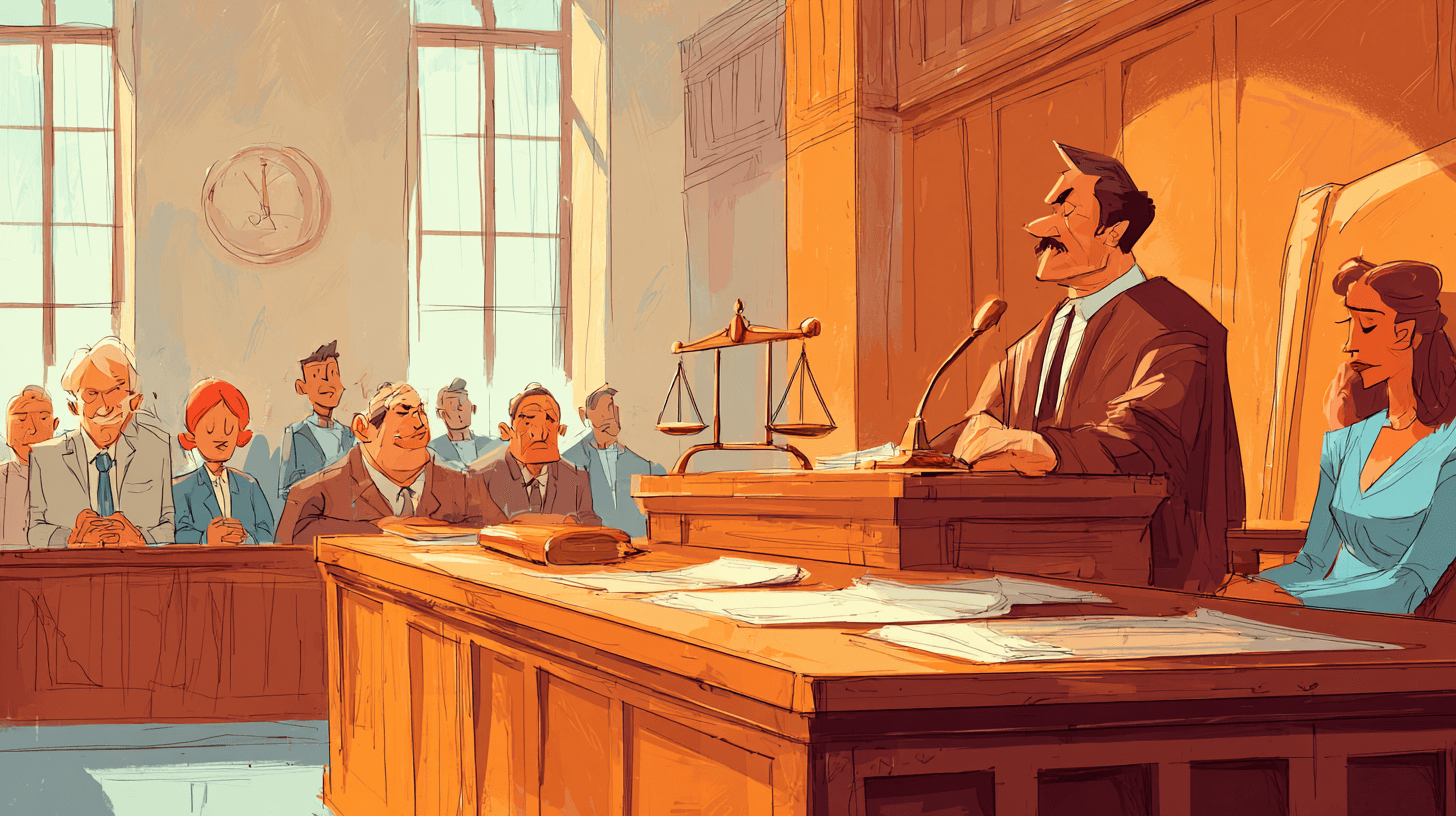September 17, 2025

The verdict is the climax of every trial. It is the moment when months — or even years — of investigation, hearings, and courtroom arguments come to a conclusion. For defendants, plaintiffs, families, and victims, the verdict is a turning point that determines guilt or innocence, liability or absolution.
But the legal side of a verdict is often misunderstood. Many assume a verdict is final, when in reality it is one step in a larger legal process. A verdict can lead to sentencing, as explored in The Legal Side of a Sentence. It can also set the stage for challenges in The Legal Side of an Appeal, opportunities for release in The Legal Side of a Parole Hearing, or even forgiveness in The Legal Side of a Pardon.
This article unpacks the verdict process: what it is, how it’s reached, what rights parties have, and why the verdict is rarely the end of the legal story.
A verdict is the formal finding of a judge or jury at the end of a trial. In criminal cases, it declares guilt or innocence. In civil cases, it determines liability and sometimes damages.
Types of verdicts include:
The verdict is the foundation upon which sentencing, appeals, and other legal processes are built.
A verdict is not a single moment; it is the result of an entire trial process:
The verdict is not only the end of trial, but also the beginning of post-trial motions and future legal steps.
Attorneys influence verdicts at every stage:
This advocacy mirrors the importance of strong defense in sentencing and appeals. As seen in Case Study: Defending a Client Against Federal Drug Trafficking Charges, trial strategy and advocacy directly determine verdicts and later proceedings.
Both require unique strategies, but both are legally binding and open to challenge if errors occur.
Verdicts can be controversial and challenged for several reasons:
These problems often form the foundation for appellate arguments. See The Legal Side of an Appeal.
A guilty or liable verdict is rarely the final word. It leads to:
In both contexts, appeals are common, especially in high-stakes disputes. See The Business Law Firm Difference in Corporate Litigation.
These stories highlight how law firms influence verdicts with preparation, advocacy, and credibility.
For defendants, a guilty verdict can mean loss of freedom. For victims, a verdict can mean closure. For families, it can mean upheaval. Lawyers must balance the legal process with compassion, as reflected in Our Family Law Services: Compassionate Counsel for Divorce & Separation.
Verdicts are shaped by advocacy. Choosing the right firm ensures:
Much like Why Law Firms Excel at High-Asset Divorce Litigation, verdicts require sophistication and resources.
The legal side of a verdict is not just about courtroom drama. It is about law, rights, advocacy, and consequences that ripple through sentencing, appeals, parole hearings, and even pardons.
A verdict is powerful, but it is rarely the final word. With experienced legal counsel, clients can influence outcomes, challenge errors, and plan for what comes after. From The Legal Side of a Sentence to The Legal Side of an Appeal, verdicts are the pivot point for the rest of the legal journey.
Stay up to date with the latest tips, expert insights, product reviews, and step-by-step guides to help you grow, create, and succeed—no matter your industry or passion.